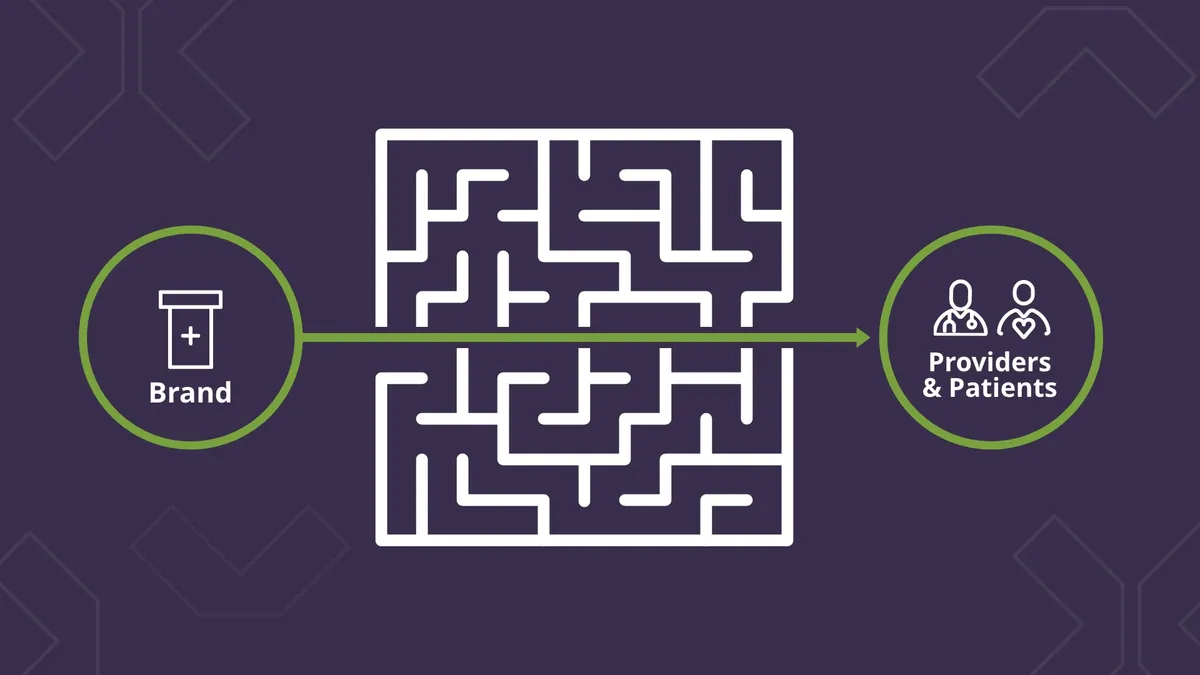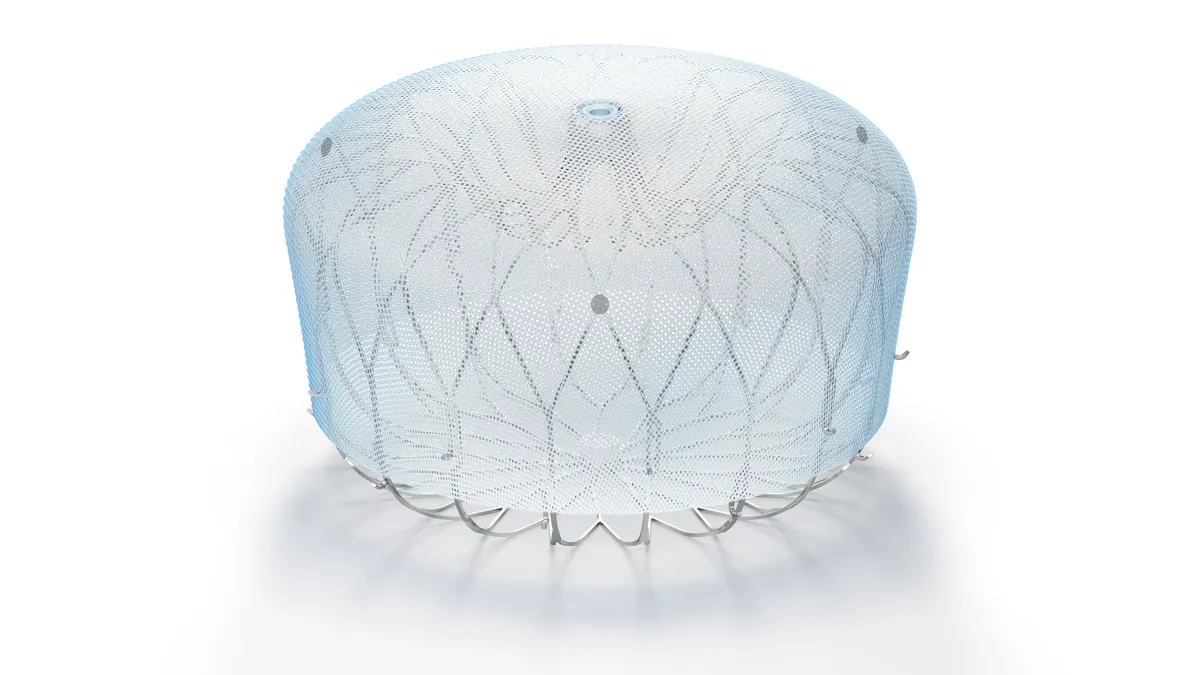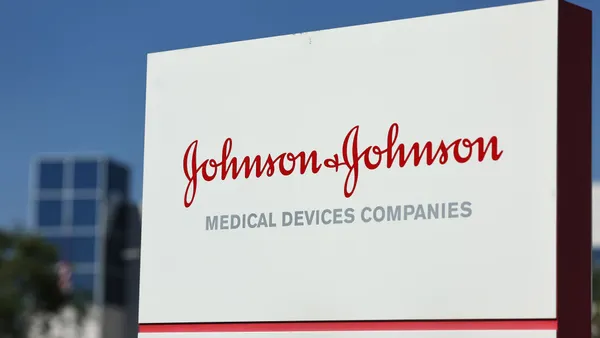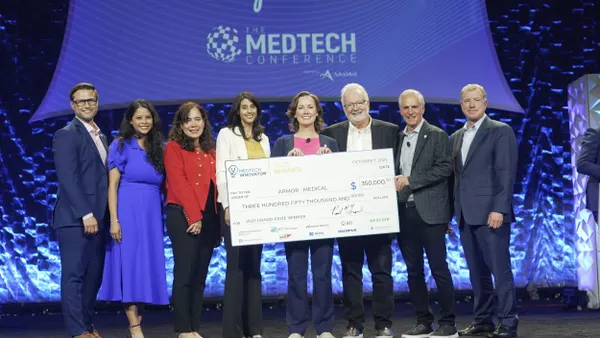If you’re a Medtech marketer, chances are you’ve been hearing about the difference artificial intelligence (AI) and real-world data (RWD) can make in HCP awareness and engagement programs. But for all the hype, many marketers have struggled to find effective, actionable ways to turn these tools into executable programs.
The primary challenge lies in the inherent time lag associated with pulling actionable insight from real-world data assets. Claims data – a common data asset used to create marketing strategy – is retrospective by nature. Even when data is received in real-time, by the time it’s modeled to predict HCP activity, the patients it's based on are gone, limiting the model’s applicability to present-day use. Some of the challenges marketers face when using this data include:
- Actionable HCP messaging: Delivering targeted messaging based on past activity is a shot in the dark. There’s no guarantee a doctor is still treating a potentially qualified patient today, which limits message relevance.
- HCP targeting: Many RWD models use past prescribing behavior as an indicator for which HCPs to target, but prior activity will not always correlate to future patient flow.
- Limited sources / integration complexity: Claims data is a highly popular and readily available data source, but it only reflects a patient’s prior treatment history and misses other factors that influence future care needs, such as shifting insurance coverage and formulary restrictions or current lab results. Yet adding more sources may increase model complexity beyond what a human analyst can process into an executable strategy.
So, what’s the secret to effective execution of an AI / RWD program?
To implement an effective AI / RWD strategy, you need to align your ask of the data to the answers it is best suited to provide. That means shifting your approach to focus on the real-world data assets that tell us about a patient’s longitudinal journey through current care milestones, then using an AI model to predict their potential future treatment need.
Instead of asking “how likely is this HCP to see brand-eligible patients?”, ask “when in this patient’s journey are they likely to be qualified for treatment and when/where are they likely to be meeting with their provider?” From there, you can focus on engaging their HCP with the content that is most relevant to that patient – at that critical juncture in their journey.
By analyzing and using RWD in its appropriate historical context, you can avoid the challenges of data ingestion lags, while still personalizing your communications to reflect current patient and HCP situations. At OptimizeRx, this is our approach to implementing precision engagement.
What is this new approach to precision engagement?
Our approach to precision engagement uses RWD to predict the point in time when a potentially treatment-qualified patient will be meeting with their provider and engages that HCP with treatment information targeted to the verified needs of the patients they are currently seeing.
As a result, this framework allows life science companies to deliver contextual, actionable information with immediate value to both the physician and the patient. Here’s what that means for providers, patients and your brand:
- HCPs get help identifying and engaging brand-eligible and hard-to-find patients
- HCPs receive communications at an actionable time and in an accessible format
- Messaging is personalized and relevant to the needs of both the HCP and the patient
- HCPs and life sciences have a deeper understanding of the patient’s situation
Ultimately, both HCPs and life sciences companies seek to improve patient outcomes, and precision engagement is a better way to use AI and RWD to reach that goal.
Interested in learning more about the difference a precision engagement framework makes? Download our latest E-Book for additional insights to improve your HCP engagement programs.










